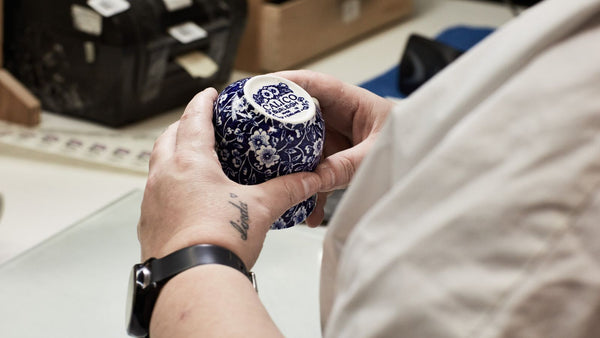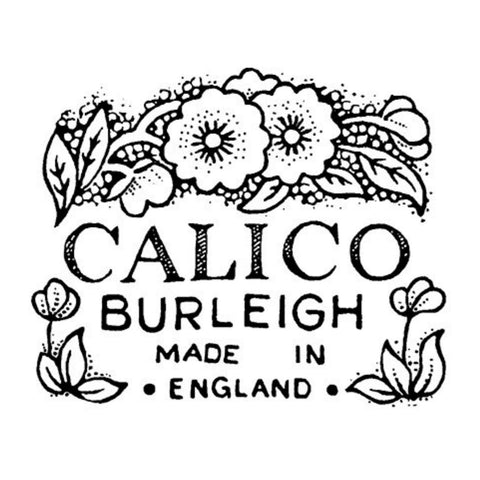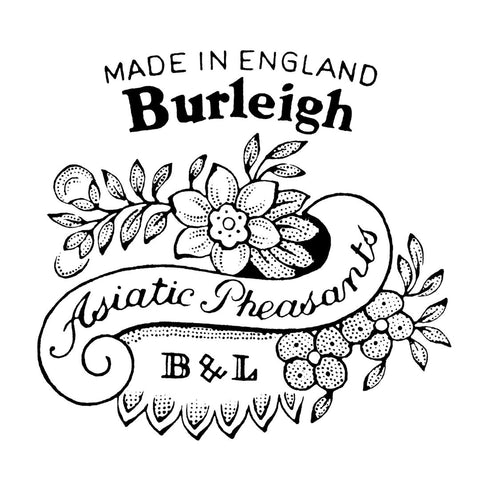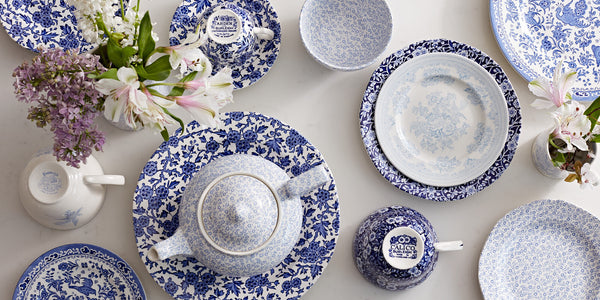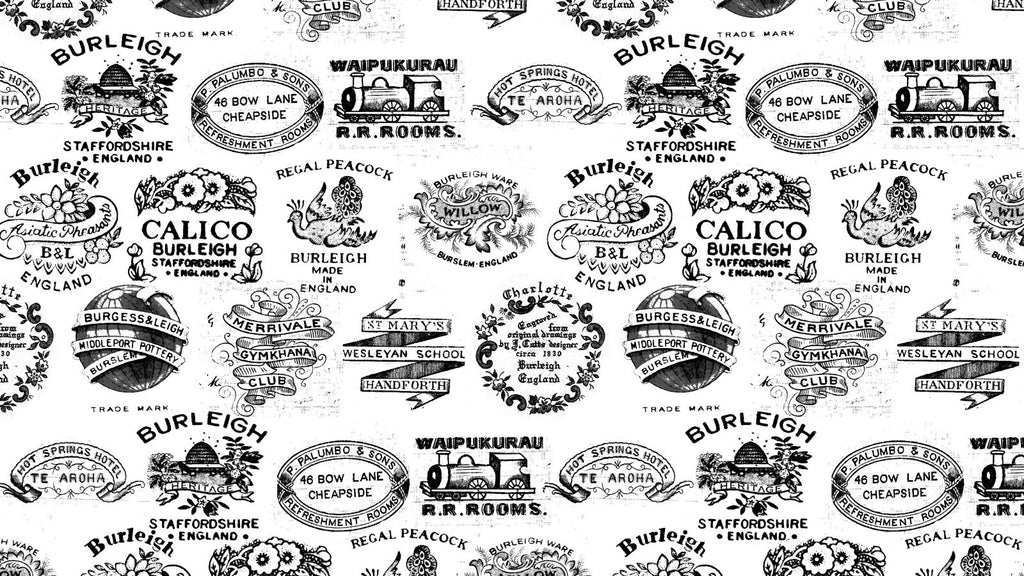
Are you an honorary and dedicated Plate Turner?
You may have noticed that, unlike many brands that produce ceramic wares, our products are each given a dedicated backstamp to reference their pattern, rather than all having one singular branded reference. Using different fonts, designs and colours are all features that would be considered the opposite of modern-day marketing best practice. As always, Burleigh stands apart in a world of uniformity in company branding. We have become known for using each backstamp to celebrate each different design.
All Made Where?
Within the backstamp, which is expertly placed using the same tissue transfer process as the rest of our ware, some of our older pieces within your collection may say ‘Made in Staffordshire’, Made in Stoke-on-Trent’ or ‘Made in England’.
Our history dates back from 1851 and as a guardian of our craft, we think it's important to continue to replicate nuances in our heritage; our rollers were engraved with the very backstamps that we continue to use today. While they may reference the place that they were made slightly differently, they were all made in Stoke-on-Trent and from 1889, they were all made here in Middleport Pottery where we continue to lovingly place our backstamps on the underside of each and every piece of ware.
Our backstamps are as old as the patterns themselves and tell a hidden story of a time before a company logo, being the most important and recognisable feature.
Burleigh Calico Backstamp
The Burleigh Calico backstamp remains in production today and has been used since Calico was first introduced in 1968.
Asiatic Pheasants Backstamp
The Asiatic Pheasants backstamp is also the original backstamp which we can date back to 1862. It would often come with an impressed date marker to show its period of production.
In recent years, it has become increasingly important to ensure an item says where it was made on the underside, although for some brands, it has also become a way to craftwash.
Craftwashing
All current pottery made by Burleigh proudly states ‘Made in England’ and this is something that has been introduced over the last decade.
Burleigh ware has always been made in England, in fact it has always been made in Staffordshire, always in Burslem and since 1889 in Middleport Pottery our current home. In years gone by, where a piece of pottery was made was not needed on the backstamp, it was irrelevant. A British ceramics company would make pottery in Britain. If they had an address in Staffordshire they made pottery in Staffordshire. No-one outsourced manufacturing abroad to reduce production costs or to speed up volume production, so nobody questioned where something was made. Often putting ‘England’ or ‘Staffordshire’ would be added so that international consumers would understand that this was a product of England, from an English manufacturer; a mark of quality if you like. Staffordshire was known the world over for its pottery, so this word gave kudos to the item it adorned.
In the latter half of the 1900’s and into the present century, many factories chose to outsource production, so a company may be based in England but the pottery may be made elsewhere. The word ‘England’ doesn’t always quite mean what it did before. This is the case in today’s ceramics market. Many suppliers will simply add ‘England’ to their backstamp but this does not mean that the product has been made in England. It could have been designed in England, ‘finished’ in England, possibly just boxed in England.
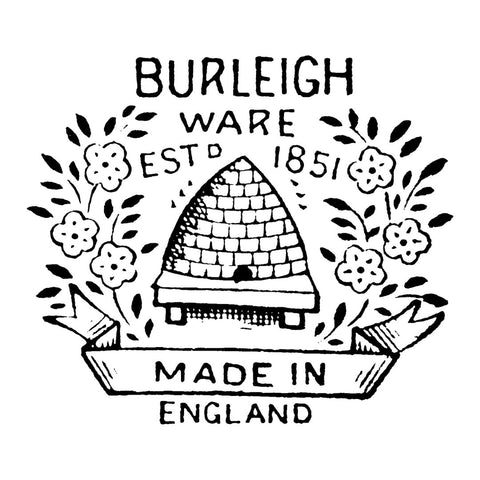
This is not the case for Burleigh. However it may be described within the backstamp, it has always been made in the heart of the English pottery towns of Staffordshire. All Made Where? Burleigh continues to be All Made Here.
Learn more about the history of ceramics in our blog about 'The Matchings Period'.

